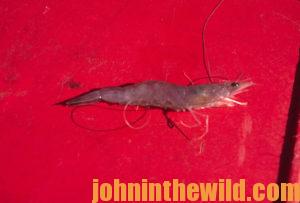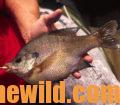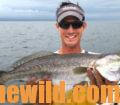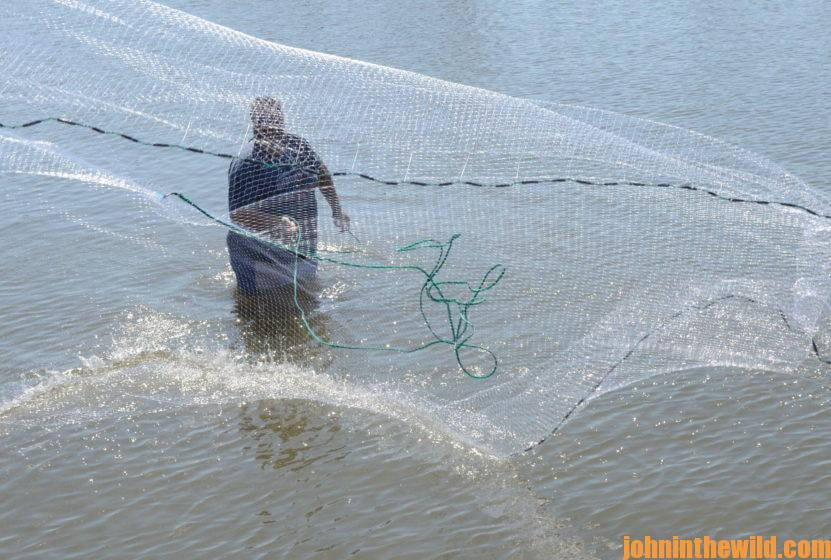Excited to be on Alabama’s Magnolia River flowing into the Gulf of Mexico, I crawled out of bed before daylight as a child and ran barefoot down to the nearby pier to watch Bill Collins, the fish camp owner, throw his cast net. Collins eyed the water in front of the wharf and swung his 10-foot cotton cast net with the rhythm, precision and speed of an accomplished ballet dancer. The net  opened wide and hit the water in a full circle before vanishing, with only the hand line showing, still attached to Collins’s wrist. Pulling in the net and putting the silver-sided, 1-2 pound mullet on the deck, Collins opened the net up and told me, “Take those home for dinner.”
opened wide and hit the water in a full circle before vanishing, with only the hand line showing, still attached to Collins’s wrist. Pulling in the net and putting the silver-sided, 1-2 pound mullet on the deck, Collins opened the net up and told me, “Take those home for dinner.”
The land that the Collins’s family originally owned near Foley, Alabama, had been given to them in the early 1700s as a land grant from the King of Spain. Ever since and even today, Collins’s family had lived on the water and off that land – catching fish and bait fish in cast nets, gardening, renting fishing cabins and doing boat repairs.
Cast nets have evolved from those used at the beginnings of civilization as survival tools to those mentioned in 177 BC by Oppian in his poem on fishing, and those discussed in the Holy Bible’s New Testament. The word, survival, takes on different definitions for various people, especially in these 2020 days of Covid-19. The cast net can be used to supply fish for food almost anywhere there’s water containing fish. The cast net also can be used to build a survival income by catching fish in a cast net to eat, selling those fish to other people or catching bait for your fishing or selling that live bait to others.
To learn more, check out John E . Phillips’ book, “Alabama’s Inshore Saltwater Fishing: A Year-Round Guide for Catching More Than 15 Species” at http://amzn.to/11dJhN7
Tomorrow: Steve Hesse – Builder of Cast Nets to Catch Bait and Fish for Survival and to Make Money










